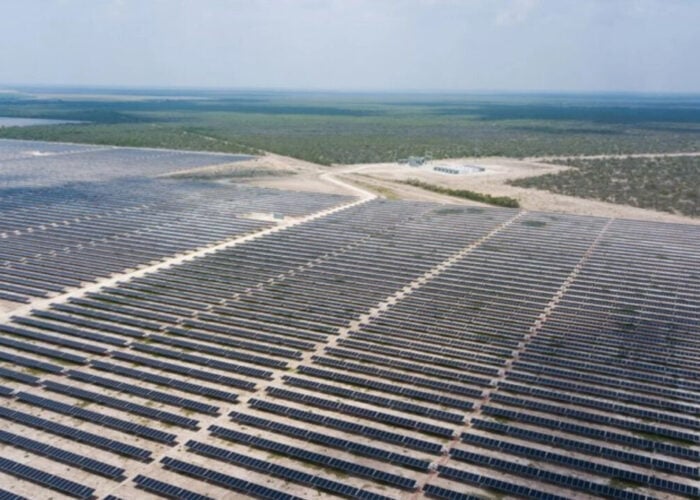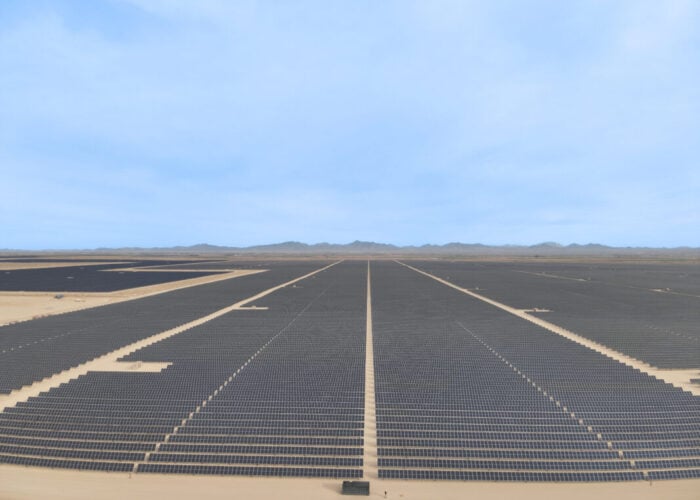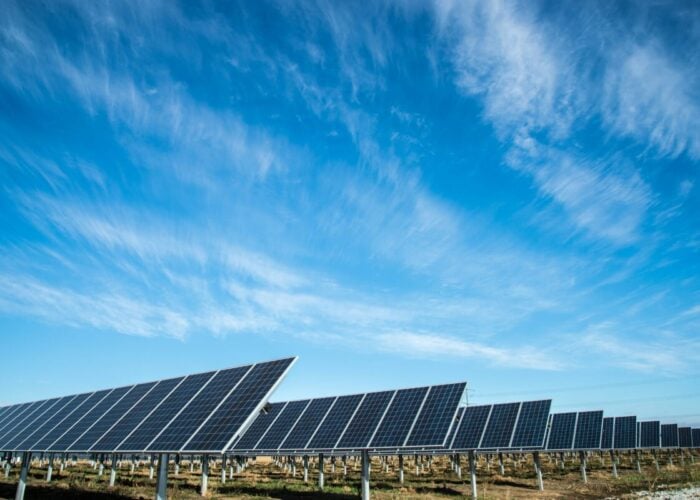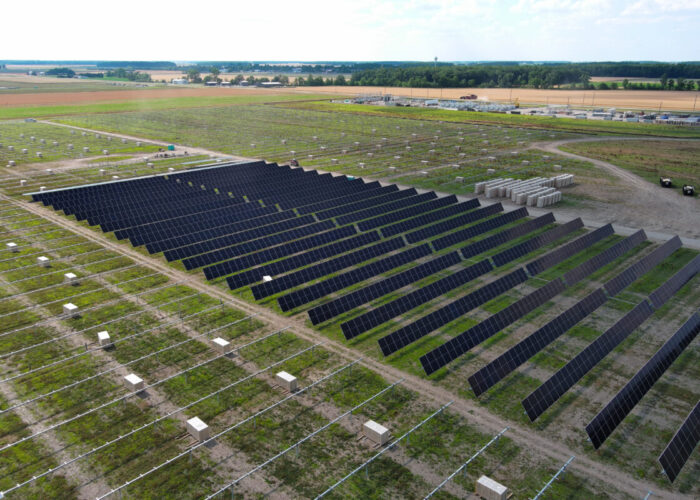
The Department of the Interior in the US has announced an updated roadmap for solar energy development on public lands, expanding the Western Solar Plan to five new states and planning to provide as many as 22 million acres of land for building solar projects.
According to the department, the updated Western Solar Plan would streamline the Bureau of Land Management’s (BLM) framework for siting solar energy projects to achieve several outcomes, including supporting current and future national clean energy goals such as supplying carbon pollution-free electricity by 2035, as well as long-term energy security, to name a few.
Unlock unlimited access for 12 whole months of distinctive global analysis
Photovoltaics International is now included.
- Regular insight and analysis of the industry’s biggest developments
- In-depth interviews with the industry’s leading figures
- Unlimited digital access to the PV Tech Power journal catalogue
- Unlimited digital access to the Photovoltaics International journal catalogue
- Access to more than 1,000 technical papers
- Discounts on Solar Media’s portfolio of events, in-person and virtual
The BLM is an agency within the US Department of the Interior responsible for managing some of the landscapes and natural resources in the US.
The roadmap is an update of BLM’s 2012 Western Solar Plan, which identified areas in Arizona, California, Colorado, Nevada, New Mexico and Utah with high solar potential and low resource conflicts in order to guide responsible solar development and provide certainty to developers. In the updated roadmap, BLM expands to five more states in the US, including Idaho, Montana, Oregon, Washington and Wyoming.
After the collaboration with the Department of Energy’s National Renewable Energy Laboratory to examine forecasts for national clean energy needs, BLM determined that about 700,000 acres of public lands would be needed to meet the clean energy goals. Therefore, the BLM will provide about 22 million acres of land open for solar application, which gives “maximum flexibility” to reach the goals.
The Department of the Interior said the BLM could permit clean energy more efficiently while maintaining robust public and tribal engagement by directing development to areas that have fewer sensitive resources, less conflict with other uses of public lands, and close proximity to transmission lines.
Aside from the updated roadmap, the BLM has also announced that it is processing 67 utility-scale onshore solar, wind, and geothermal energy projects proposed on public lands in the western US with a combined production capacity of 37GW.
The BLM is also undertaking the preliminary review of over 195 applications for solar and wind development, as well as 97 applications for solar and wind energy site area testing.
Last November, the BLM advanced on 15 clean energy projects across the West, with two solar PV and storage plants operational in California.
Among the 15 renewables projects, progress has since been made on environmental reviews for seven solar plants in Nevada, a solar and storage project in Arizona, and permitting milestones for transmission line upgrades in Arizona, Nevada, and Utah, the Department for the Interior announced yesterday.







